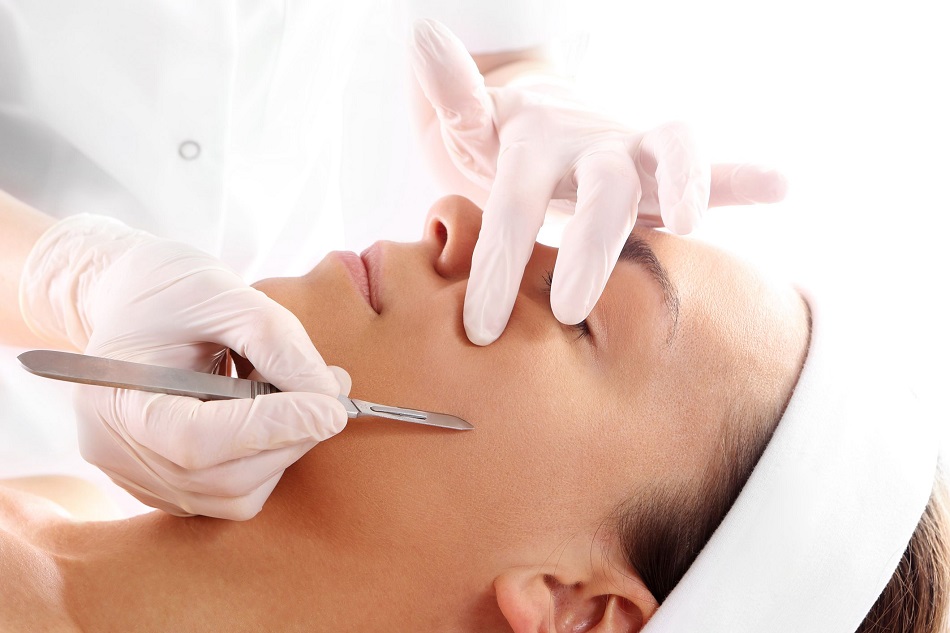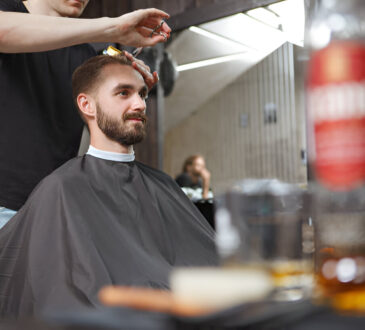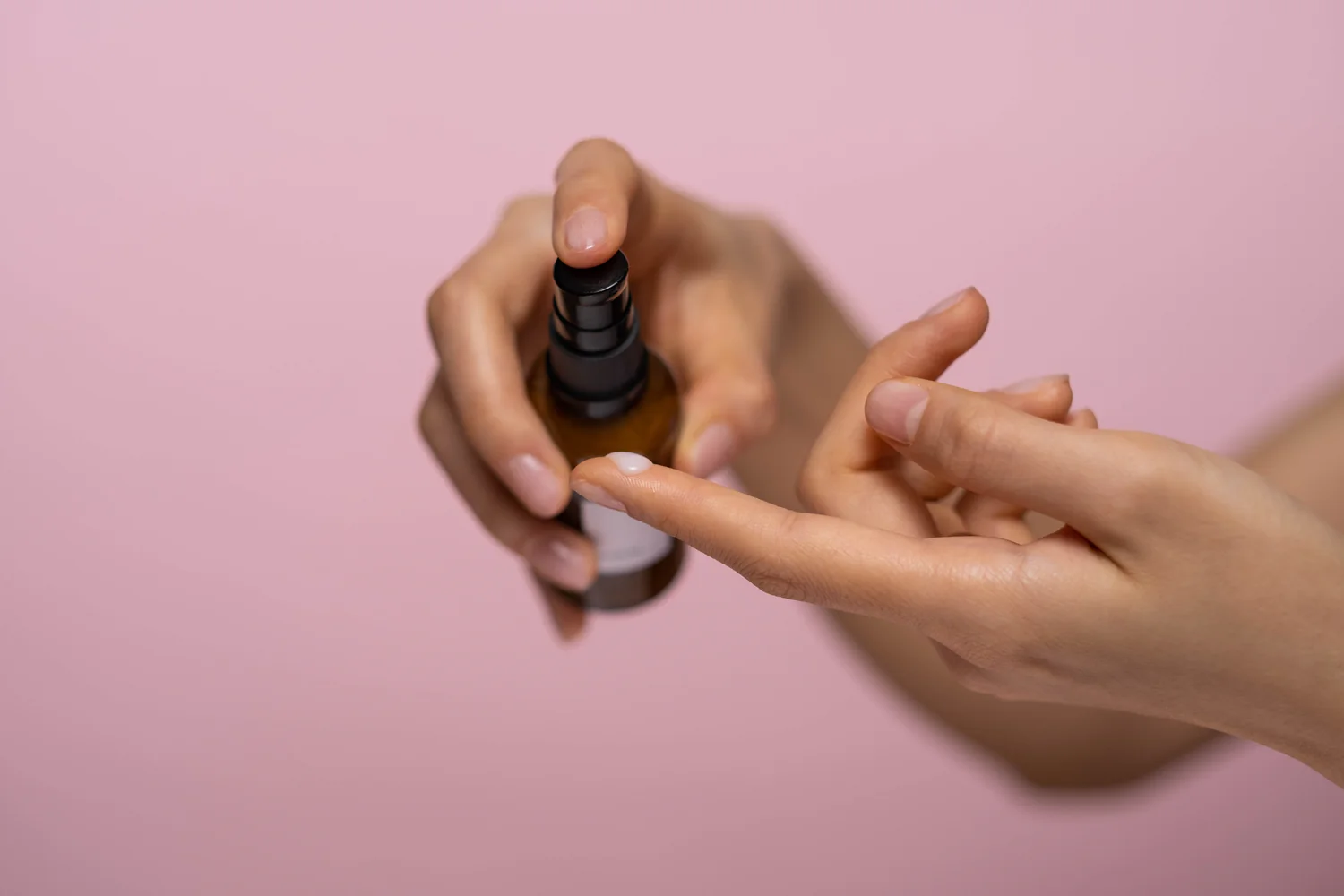

dermaplaning training is a form of exfoliation using a blade to scrape off the top layer of skin gently. This can be done before or after applying skincare products and is said to leave the skin looking smoother, brighter and with fewer blemishes. The procedure is relatively quick and painless, making it a popular choice for those looking to improve the appearance of their skin.
So How Does Dermaplaning Work?
The blade used in dermaplaning removes the dead skin cells that sit on the surface of the skin. This can help to brighten the complexion and make it look more radiant. It can also help to reduce the appearance of fine lines and wrinkles, as well as acne scars. Dermaplaning can be done at home with a dermaplaning tool or in a salon by a professional. If you’re doing it at home, it’s important to make sure that the blade you use is sterile and that you don’t press too hard, as this could damage your skin. If you’re thinking of trying dermaplaning, it’s a good idea to speak to your dermatologist or skin care specialist first, as they can advise you on whether it’s suitable for your skin type. Dermaplaning is generally considered to be safe for most people, but there are some risks involved. These include the potential for your skin to become irritated or for you to cut yourself. If you have sensitive skin, it’s important to be extra careful when doing dermaplaning, as the blade could irritate. If you’re worried about this, it’s a good idea to speak to your dermatologist or skin care specialist first.
Dermaplaning Vs. Other Skin Care Treatments
Dermaplaning is often confused with other skin care treatments, such as microdermabrasion and chemical peels. However, there are several key differences between dermaplaning and these other treatments. First, dermaplaning is a physical exfoliation procedure, whereas microdermabrasion and chemical peels are both chemical exfoliation treatments. Second, dermaplaning specifically targets the removal of dead skin cells and peach fuzz, while microdermabrasion and chemical peels can target a variety of skin concerns, such as fine lines, wrinkles, and hyperpigmentation. Finally, dermaplaning is safe for all skin types, while microdermabrasion and chemical peels may not be suitable for all skin types. If you’re considering skin care treatment, be sure to ask your dermatologist or esthetician about dermaplaning. This safe and effective treatment can help to improve the overall appearance of your skin and can be used in conjunction with other skin care treatments for optimal results.






